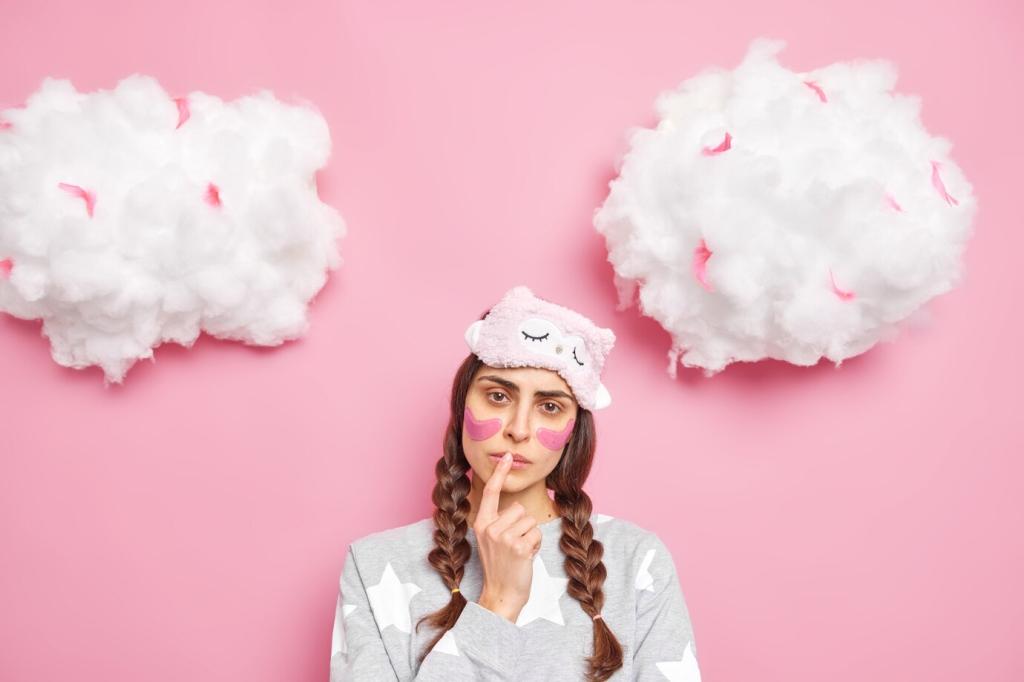From Fear to Launch: Navigating Sleep Paralysis
During REM, your body limits movement to protect sleep. Waking into this state feels like paralysis plus odd sounds or pressure. Naming it—“This is REM carryover”—removes mystery, which often halves anxiety and shortens the episode naturally.
From Fear to Launch: Navigating Sleep Paralysis
Close your eyes gently, imagine rocking your dream body, and “roll out” of bed into a dream room. Many practitioners visualize a safe scene—warm hallway, dim lantern—then perform a reality check to confirm the shift and begin lucid exploration.
From Fear to Launch: Navigating Sleep Paralysis
Readers report that labeling sounds—“That hiss is dream static”—turns threat into texture. One listener greeted a growl like an old friend and watched it morph into ocean surf. Share your technique below so others can borrow your bravery.





